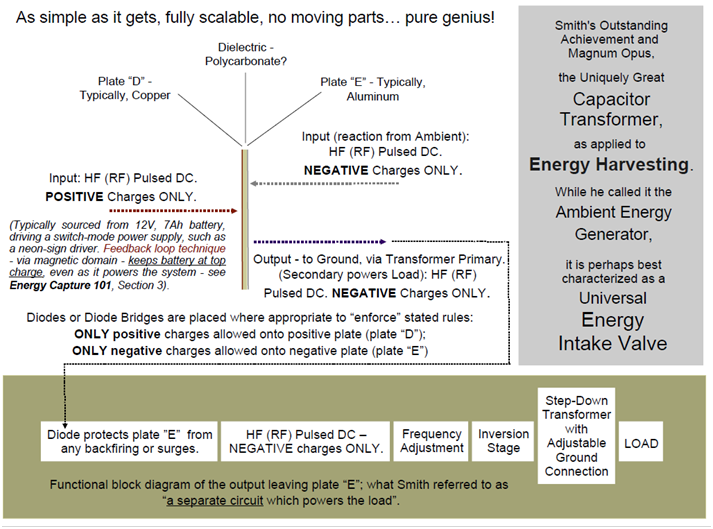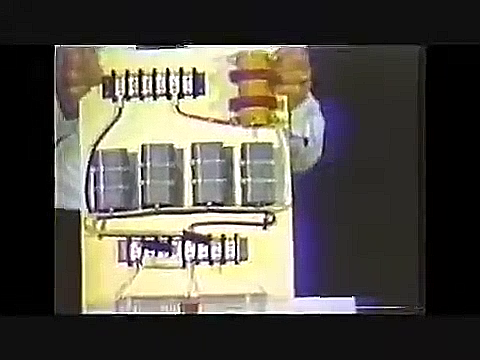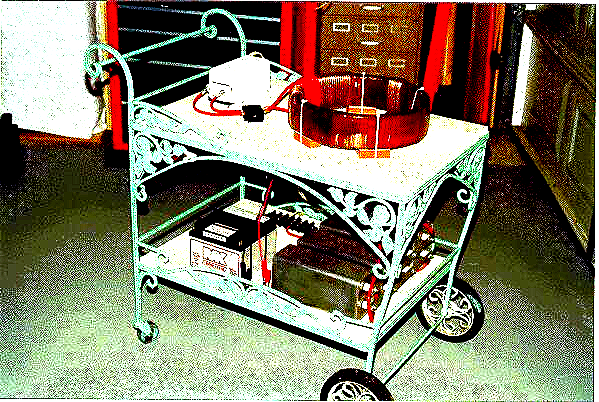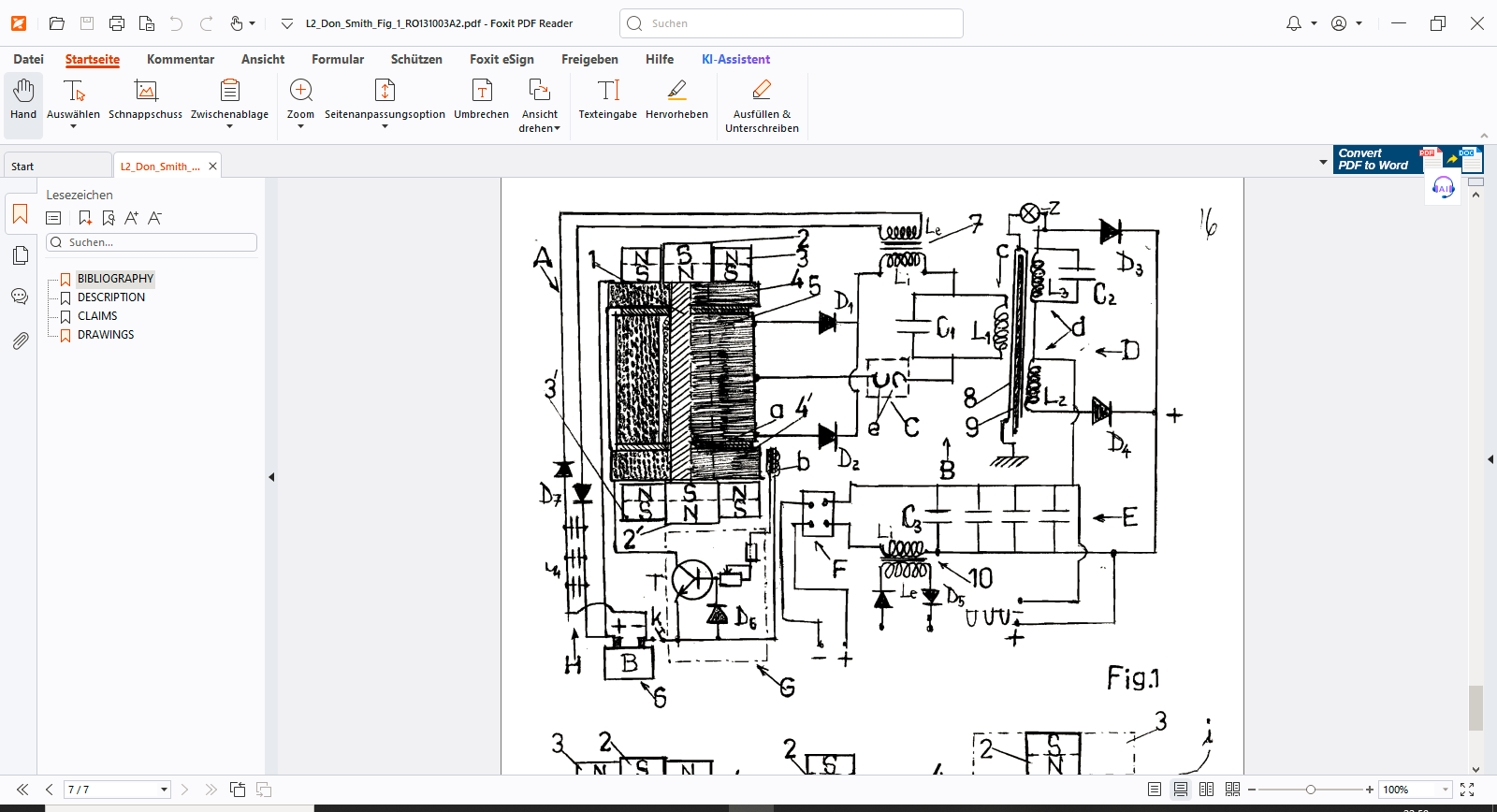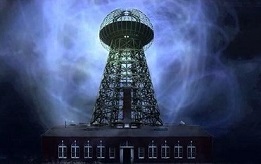HansKammler
posted this
23 September 2025
amazing Circuit ! Thank you. As I thing about your schematic 2 things come to mind:
Henry Moray (Rexresearch) about get rid of earth connection (during test in Airplane with the RER):
"[p. 188] The years slipped by and from time to time Henry and I would discuss his notes and go over the drawings. He spent most of his time [ca. 1950] working on what he called the "counter-balance" to eliminate the need for an antenna..."
and the joseph Newman:
" the energy comes from the copper atoms (weight of Copper is linear to the output power)"
addendum:
“Counterbalance” – what does that mean?
By “counterbalance,” Moray meant a kind of artificial earth/counterweight that eliminates the need for an actual ground wire.
There is nothing mystical about this in radio technology:
A long wire or rod antenna only works if there is a reference potential → normally earth.
Instead of real earth, an electrical counterweight can be created: a second capacitance or conductor that closes the antenna system.
Example: A capacitive resonant circuit or a balanced antenna design (dipole, loop).
This way, the circuit is “closed” and does not require a separate ground connection.
That was standard practice at the time. An “earth connection” was not necessarily “physical earth” in today's sense, but often a ‘counterweight’ that electrically “complemented” the antenna.
Why does this work?
HF does not see “0 Ω earth,” but impedances. A wire lying freely above the ground has a capacitance C to earth (typically several 10–100 pF depending on length/height). Together with the antenna impedance, a displacement current flows back.What does this look like in practice?
Mechanics: A piece of wire (or metal foil/plate) at the ground point of the device. The other end of the wire remains free (insulated), simply lying on the floor/in the room → capacitive coupling.
Position: Spread out as much as possible (along the floor, window sill, radiator without electrical contact), not wound up.
Length:
Rule of thumb: 0.05...0.25 λ helps significantly.If space is limited: as long as practicable; even 1–3 m can make a difference with shortwave.
Height/area: The closer to the ground and the larger the area, the higher the capacity → better counterweight.



